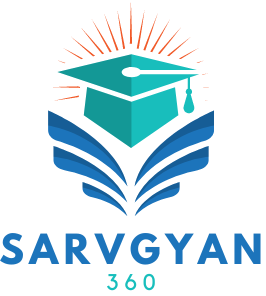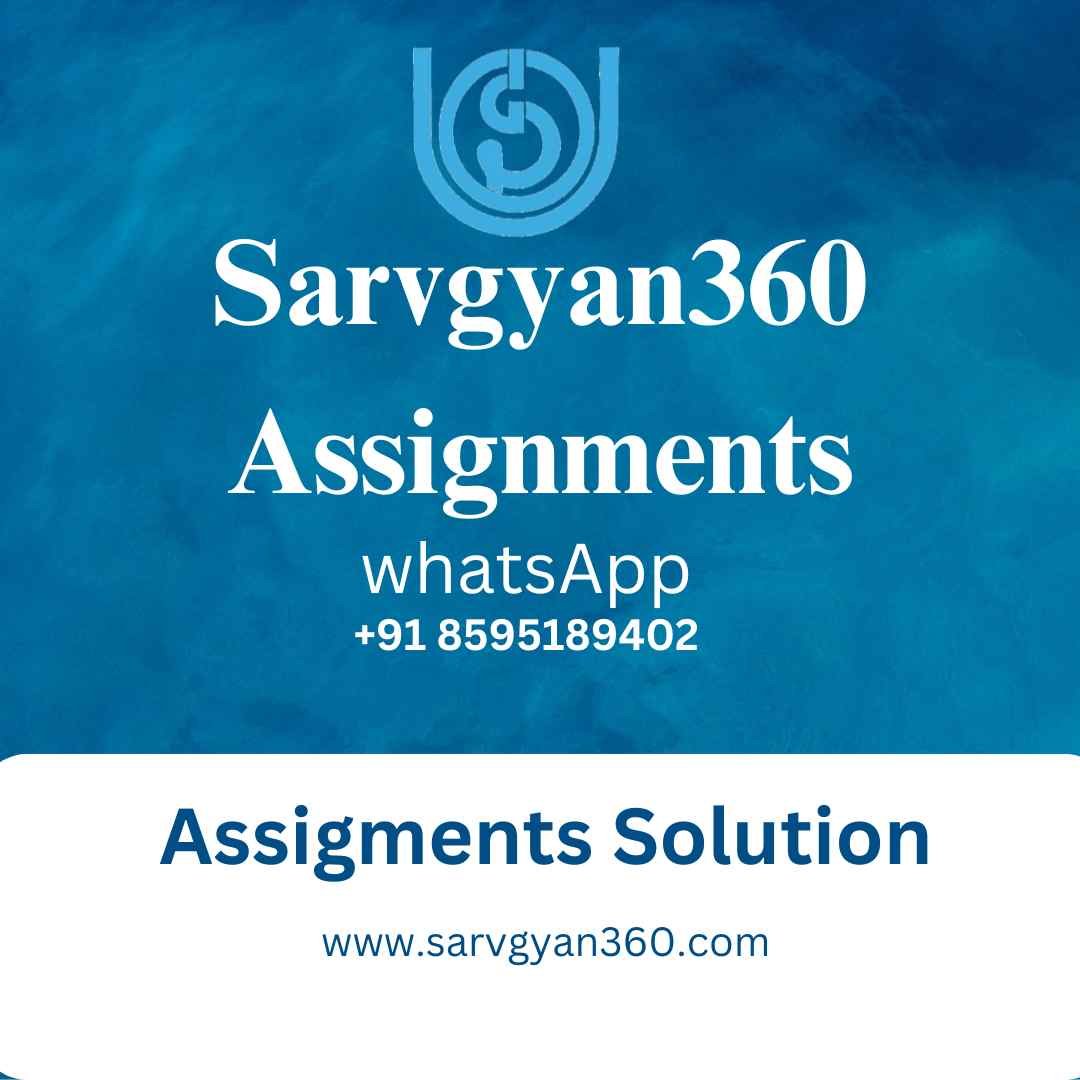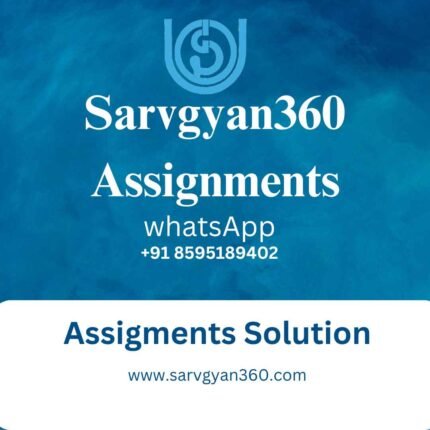MES-115: Communication Technology for Distance Education (IGNOU)
Introduction to Communication Technology in Distance Education
The course MES-115, Communication Technology for Distance Education, offered by the Indira Gandhi National Open University (IGNOU), is a comprehensive exploration of the intersection between communication technology and educational delivery methods. This subject is pivotal for students and professionals who aspire to enhance their understanding of how modern communication tools can be leveraged to facilitate distance learning. In an era where digital communication is rapidly transforming educational paradigms, MES-115 equips learners with the theoretical knowledge and practical skills necessary to navigate and utilize these technologies effectively.
Course Objectives
The primary objective of MES-115 is to provide students with an in-depth understanding of the various communication technologies used in distance education. This includes traditional media like radio and television, as well as contemporary digital platforms such as the internet, mobile applications, and social media. The course aims to:
- Develop a comprehensive understanding of communication theories and their application in distance education.
- Analyze the role of different communication technologies in facilitating learning and teaching.
- Explore the practical aspects of using these technologies to design, deliver, and evaluate educational content.
- Foster critical thinking about the impact of communication technology on the accessibility, quality, and effectiveness of distance education.
Course Structure and Content
MES-115 is structured to cover a wide range of topics, each essential to mastering communication technology in the context of distance education. The course is typically divided into several units, each focusing on a specific aspect of communication technology.
Unit 1: Introduction to Communication Technology
This unit provides a foundational understanding of communication technology, tracing its evolution and significance in education. Students learn about basic communication models, the communication process, and the characteristics of various communication media. The unit sets the stage for deeper exploration by highlighting the critical role of technology in bridging the gap between educators and learners in a distance education setup.
Unit 2: Traditional Media in Distance Education
In this unit, students examine the use of traditional media such as radio, television, and print in distance education. The unit covers the strengths and limitations of these media, strategies for content delivery, and case studies of successful programs. Emphasis is placed on the historical context and the ways these media have been adapted to meet educational needs over time.
Unit 3: Digital Communication Technologies
This unit delves into modern digital technologies, including the internet, e-learning platforms, mobile applications, and social media. Students explore how these technologies have revolutionized distance education by providing interactive, flexible, and personalized learning experiences. The unit also addresses technical aspects such as content creation, multimedia integration, and the use of learning management systems (LMS).
Unit 4: Designing Educational Content for Distance Learning
Effective content design is crucial for successful distance education. This unit teaches students the principles of instructional design, multimedia learning, and user experience. Students learn how to create engaging and pedagogically sound educational materials using various communication technologies. The unit also covers the importance of accessibility and inclusivity in content design.
Unit 5: Delivery Methods and Strategies
Once educational content is designed, it needs to be delivered effectively to learners. This unit focuses on different delivery methods and strategies, including synchronous and asynchronous learning, video conferencing, webinars, and online discussion forums. Students learn how to choose appropriate delivery methods based on the educational goals, content type, and learner characteristics.
Unit 6: Evaluation and Assessment in Distance Education
Assessment is a critical component of any educational program. In this unit, students explore various methods for evaluating the effectiveness of distance education programs and the impact of communication technology on learning outcomes. The unit covers formative and summative assessment techniques, data collection and analysis, and the use of feedback to improve educational practices.
Unit 7: Challenges and Future Trends
The final unit addresses the challenges associated with the use of communication technology in distance education, such as digital divide, technical issues, and resistance to change. It also explores emerging trends and future directions in the field, such as artificial intelligence, virtual and augmented reality, and big data analytics. Students are encouraged to think critically about the potential and limitations of these technologies in education.
Practical Applications and Case Studies
Throughout the course, students are exposed to real-world applications and case studies that illustrate the principles and theories discussed in the units. These practical examples help students understand how communication technologies are used in various educational contexts, from K-12 schools to higher education institutions and corporate training programs.
Skills and Competencies Developed
By the end of the course, students will have developed a range of skills and competencies, including:
- Proficiency in using various communication technologies for educational purposes.
- Ability to design and deliver effective educational content for distance learning.
- Critical thinking and problem-solving skills related to the implementation and evaluation of communication technologies.
- Awareness of the ethical and social implications of using technology in education.
Conclusion
MES-115: Communication Technology for Distance Education is an essential course for anyone involved in or aspiring to be part of the distance education field. It provides a solid foundation in both the theoretical and practical aspects of using communication technology to enhance learning and teaching. As distance education continues to grow and evolve, the knowledge and skills gained from this course will be invaluable in creating effective, inclusive, and innovative educational experiences.



Reviews
There are no reviews yet.